Tag: hemodynamics

Mythbuster: Administration of Vasopressors Through Peripheral Intravenous Access
Vasopressors are frequently used in critically ill patients with hemodynamic instability both in the emergency department (ED) as well as intensive care units (ICUs). Typically, vasopressors are given through central venous... read more
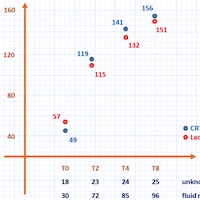
Should We Stop Trending Lactate in Septic Shock?
There may be a tendency to cement guideline recommendations into our collective minds as inalienable and sacrosanct – as if carved onto stone tablets and brought down to us from the heights of Mount Sinai. Thoughtful medicine,... read more
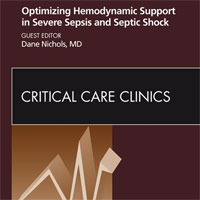
Optimizing Hemodynamic Support in Severe Sepsis and Septic Shock, An Issue of Critical Care Clinics
Guest Editor Dane Nichols, MD, has assembled a panel of experts focusing on Hemodynamic Support in Septic Shock. Topics include: Oxygen Delivery and Consumption: A Macro-Circulatory Perspective; Mean Arterial Pressure: Therapeutic... read more

Medicating patients during extracorporeal membrane oxygenation
Extracorporeal membrane oxygenation (ECMO), which can support gas exchange or hemodynamics in patients with severe respiratory or cardiac failure, has demonstrated considerable evolution over the last decade [1], with a steady... read more
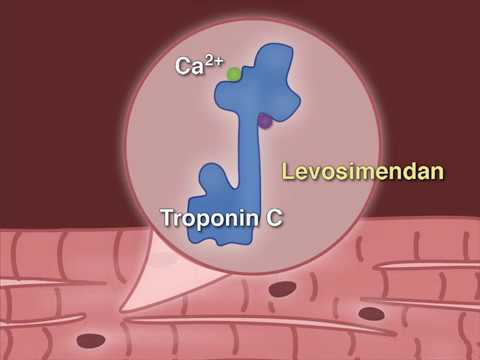
Hemodynamic Support after Cardiac Surgery
Low cardiac output syndrome is a common complication of cardiac surgery and is associated with increased mortality. Levosimendan has been shown in small studies to be an effective therapy.... read more

Unintended Consequences: Fluid Resuscitation Worsens Shock in an Ovine Model of Endotoxemia
Fluid resuscitation resulted in a paradoxical increase in vasopressor requirement. Additionally, it did not result in improvements in any of the measured microcirculatory- or organ-specific markers measured. The increase... read more

Less or More Hemodynamic Monitoring in Critically Ill Patients
The use of echocardiography should be initially encouraged in patients with shock to identify the type of shock and to select the most appropriate therapy. The use of more invasive hemodynamic monitoring techniques should... read more

The Shocked Intubation: Definitive Airway Sans Hypotension
Not many aspects of Emergency Medicine define our specialty better than resuscitation, and few concepts exemplify resuscitation better than shock and intubation. Yet few words together strike greater fear in the minds of... read more
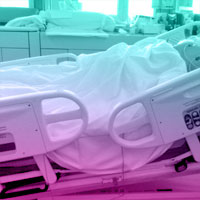
Predicting the Haemodynamic Response to Prone Positioning
A Novel and Simultaneous Analysis of the Guyton and Rahn Diagrams. Graphical models of physiology are heuristically appealing as they facilitate qualitative conclusions at the bedside of the critically ill. Historically,... read more
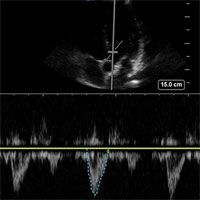
Fluid Responsiveness in a Hemodynamically Unstable Patient
Only half of patients who are hemodynamically unstable will respond to a fluid bolus. There are no historical or physical examination findings that can help us decide whether a patient is a fluid responder, but we must treat... read more

Hemodynamic Monitoring: Invasive and Noninvasive Clinical Application
Praised by nursing students for its straightforward language and readability, this interdisciplinary reference on bedside hemodynamic monitoring covers the technical aspects of clinical monitoring, including diagnostic and... read more
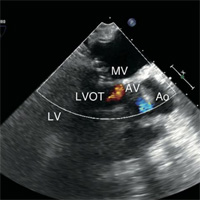
Transient Systolic Anterior Motion with Junctional Rhythm After Mitral Valve Repair in the ICU
This case report shows that junctional rhythm can cause deterioration of SAM, LVOTO, and MR, and can lead to unstable hemodynamics in a patient with right ventricular failure after MVR. Atrial pacing can resolve SAM, LVOTO,... read more
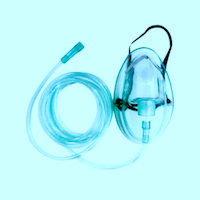
Assessment of the adequacy of oxygen delivery
In this article, we review physiologic principles of global oxygen delivery, and discuss the bedside approach to assessing the adequacy of oxygen delivery in critically ill patients. Although there have been technological... read more

Surviving Refractory Out-of-Hospital Ventricular Fibrillation Cardiac Arrest
Multi-system organ failure is ubiquitous but treatable with adequate hemodynamic support. Neurologic recovery was prolonged requiring delayed prognostication. Immediate 24/7 availability of surgical and medical specialty... read more








